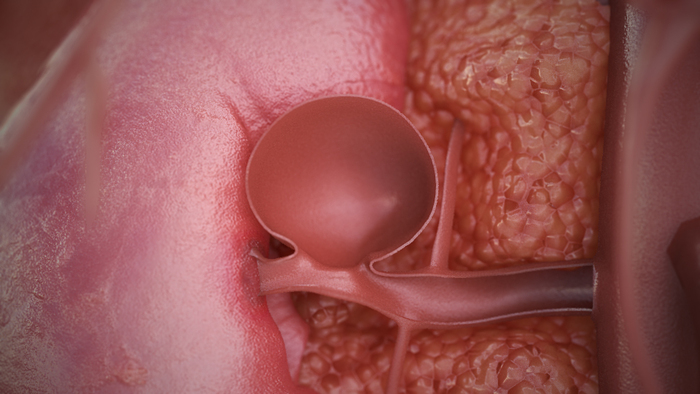
Total body atrophy (or total body wasting) is a term used to describe a general decrease in body weight in an adult human
It is a loss of overall body mass, typically without any loss in the individual's height or developmental stage.
Whole body atrophy, in general, refers to a general decrease in mass of a part of the body, either by cell loss or tissue atrophy. The word 'atrophied' refers to the part, or cells, that has lost mass; the term means that the atrophied portion was once of a normal size for the person, based on age and circumstances, prior to the decline. Cell and tissue atrophy refers to a generalized loss of mass in both.
Loss of mass may be caused by injury, illness, or disease, but the most common cause is from a decrease in the total amount of calories available for use by the entire body. The body requires calories for its maintenance, repair, and growth. When the total body requirement falls below the calories available, then body fat and muscle mass are depleted. Fat reserves are replenished by intake of protein and carbohydrate. Muscle reserves are replenished by exercise.
Total body atrophy can also be a general term used to refer to the gradual loss of muscle mass and strength in an older human. Muscle mass is needed to support the body, and as a person ages, muscle tissue becomes weaker and less resistant to force, which causes the person to tire more quickly. As a result, the elderly person's strength is reduced, leading to a reduction in function.
Some diseases may result in a complete loss of muscle mass and strength, such as meningitis, tuberculosis, and AIDS. Other conditions, such as diabetes, heart disease, and kidney diseases, may also lead to a loss of muscle mass and strength. Diseases affecting the circulatory system, such as cardiac arrhythmia and circulation problems, may lead to a loss of muscle mass. Diseases causing damage to bone such as fractures of the bones, may also lead to total body atrophy. In rare cases, disease, trauma or surgery may also cause a loss of muscle mass and strength.
Total body atrophy can be reversible with appropriate medical treatment
This type of atrophy usually results from a decrease in calorie intake, but it may also occur because of an inherited gene or tumor. If the condition is due to a tumor, then surgery may be necessary. However, it may not be possible to reverse the condition because of genetic factors or poor prognosis of the patient. Other treatments include physical therapy and/or surgical procedures.
Some common types of treatments for this condition include liposuction, which is a process of reducing the amount of fat and fluid held in the body. This technique involves the removal of excess tissues and fluids, while improving the distribution and mobility of tissue and reducing the size of muscle. Chemotherapy, radiation, chemotherapy, and various surgery procedures may be used to remove the tumor.
Although the majority of individuals will lose some amount of their muscle tissue and fluid as they grow older, there are many individuals who will retain their muscle mass and the capacity to move their bodies. In order to maintain balance and improve strength, exercise is recommended.
Since muscle mass and strength are important in keeping the elderly persons alive and comfortable, weight-bearing exercises may be more effective than simple cardiovascular exercises. While muscle mass and strength are important to seniors, they should also be considered when working out, and if possible, be worked out three to five times per week.
Muscle toning exercises are beneficial for those who suffer from atrophy because it improves their appearance, provides increased energy, and increases their flexibility. By using resistance exercises, muscle tissue can be strengthened, allowing muscles to be activated and tone, allowing for better functioning and increased performance.
Physical rehabilitation, such as yoga or Pilates, can be helpful in strengthening muscles and improving the body's ability to carry out daily tasks. By combining stretching with strength training, it is possible to reverse the aging process.